A Lesson In Sustainability
Penda
Penda is an innovative and passionate team of international designers based in Vienna and Beijing. Founded in 2013, by Chris Precht and Dayong Sun with a belief that, “architecture serves as a bridge to connect nature, culture and people to strive for a better quality of living.”
The dedicated and motivated duo draw inspiration and different perspectives from western and eastern history, interpreting the rudiments of architecture and assimilating them into a singular, multi-cultural design-language.
If you’re interested in sustainable architecture, Penda’s Rising Canes project, developed for Beijing Design Week in 2015 is breathtaking. The modular pavilion system is based on a triangular template construction ranging from tiny singular houses to multi-residential emergency shelters and hotels. The pavilions are made from 100% recyclable materials like bamboo and ropes without the use of nails or screws. Think of it as a more sophisticated and beautiful translation of Asian building-site bamboo scaffolding and you’ll get the picture!
The initial structure is assembled into a simple housing unit that could accommodate one family. It includes outdoor spaces and is filled with plants for shadowing and food production.
The designers have planned a system whereby when bamboo canes are taken from the seeded bamboo plantation to put into the structure, there has to be two new plants for every cane harvested, so it empowers a resource for the structure and also a living natural environment.
When the number of inhabitants increase, the structure is able to replicate itself and grow, creating community spaces and areas for food production are extended accordingly turning the structure into a self-sufficient habitat. The model can keep on growing and expanding as needed into a continuous, yet diverse structure, that accommodates multiple families and a variety of communal spaces and facilities.
Rising Caines
Not only provide a stunning visual aesthetic, it is an amazing inspiration and sustainable conversation starter that can, and probably already has, changed the way we approach construction and the greenification of the urban dwelling for tropical climate regions.
Bamboo
One of the fastest growing, renewable resources in the world. It absorbs CO2 in large quantities. Throughout history bamboo has been used traditionally as a building and scaffolding material, for medicinal purposes, as food and for the production of everyday implements. These days you will find bamboo as a material broadens to further applications such as paper, clothing, towelling, bedlinen, furniture, kitchenware, and flooring (as a substitute for hardwood timber). Bamboo is said to be 2-3 times stronger than a steel beam of the same weight, due to its exceptionally high flexibility, it is the ideal material for earthquake-safe buildings.
Bamboo is one of the fastest growing plants in the world. It can reach its final length of up to aprox 20 meters within a couple of months. Some species can grow up to 1 meter or more per day. One plant consists of several poles and new shoots will grow from the mother plant every year. Generally 20-25% of the poles in a sustainable bamboo plantation can be harvested each year. This happens without decreasing the number of poles per hectare and of course the plant does not die after harvesting, as with trees, so no deforestation occurs! In fact, by harvesting the mature plants, the plantations actually increase their yield and quality. It’s a win-win situation all round.
For all things Penda visit their website here.
_
Collaboration with Garden Life
A Design Dialogue Between Garden Life and Adam Robinson Design
Handmade in Italy
Designed by Jacopo Foggini is the Edra A’mare Collection of unique outdoor furniture.
Mud Australia
A sleek, portable, and rechargeable LED light crafted from a single piece of hand-formed porcelain.
Inside Out Magazine
We were delighted to see two articles on Adam Robinson Design in this month’s issue of Inside Out Magazine.
Billy Collection
Beautifully crafted to incorporate metal, timber, glass and fabric materials into the design.
Australian Grown
People do buy plants virtually, not big plants, but smaller seedlings, and they come to you through the post boxed up in a beautiful assortment.
Coloured Hoses
We love this new range of beautiful, coloured hoses by Nylex Australia launching in Bunnings this Summer!
Peter Lewis’ Porter’s Paints
Recently launched Peter Lewis Paints - better for our health and the health of our planet.
News from our Neighbourhood
Woollahra Council sent out a call-out recently to celebrate nature by exploring the foreshores and suburban streets of Double Bay.
Rattan Artisinal Design
We love the Abai Rattan Armchair, Bahir Outdoor Lounge Chair and Bahir Outdoor Sunlounge.
Wendy Whiteley
The extraordinary story of how this harbourside garden came into being.
TAIT + MOKUM
The new Voom Collection is a great collaboration between our friends at TAIT + MOKUM.
Lucca Collection
The inside/out Lucca collection of chic stone tables is a seriously contemporary take on the classic Mediterranean outdoor tables.
French Modern
The Wave chair is available in limited numbers and comes in a black finish.
Australian Ceramicists
All hand made things have something of their maker in them and these stunning Objects of Desire available through Garden Life.
Changing the Way We Live
Could you imagine living in a house that grows its own food? Picture solving the world’s biggest problems simply by changing the way we live.
Innovative Waste Management
RecycleSmart is an innovative waste management company, and they are on a mission to help everyone recycle more!
Handmade-With-Care
Natural, handmade-with-care products by artisans and master craftspeople are the new guard in design.
House of Bamboo
Bamboo is an amazing natural material that provides a sustainable alternative to traditional decking outdoors.
Apothecary
Mama & Lou Apothecary is a small-batch product range, blended from high quality natural and organically farmed ingredients sourced from Australia and France.
Genuine brick
The latest offering from Brickworks Building Products is the Thin Brick range with a thinner profile.
from Karman
It is a modular and adjustable collection of lighting that is incredibly versatile and fun.
by Nathalie Du Pasquier
The BRAC is an artisanal extruded product that is suitable for internal or external walls and structures.
Pixxie Pocket Projector
We are besotted with this cute Pixxie Pocket Projector to turn your outdoor space into an instant moonlight cinema.
Dine Out
The round tables come with a conical pedestal base with green & white or yellow & white terrazzo and both colourways are stunning.
at Lo & Co
Creamy beige knobs and back-to-back entry handles are now a part of Lo & Co’s stone handle range.
at Lo & Co
Creamy beige knobs and back-to-back entry handles are now a part of Lo & Co’s stone handle range.
from Mokum
South Beach upholstery is a heavy duty luxe fabric which is fire retardant, and stain resistant.




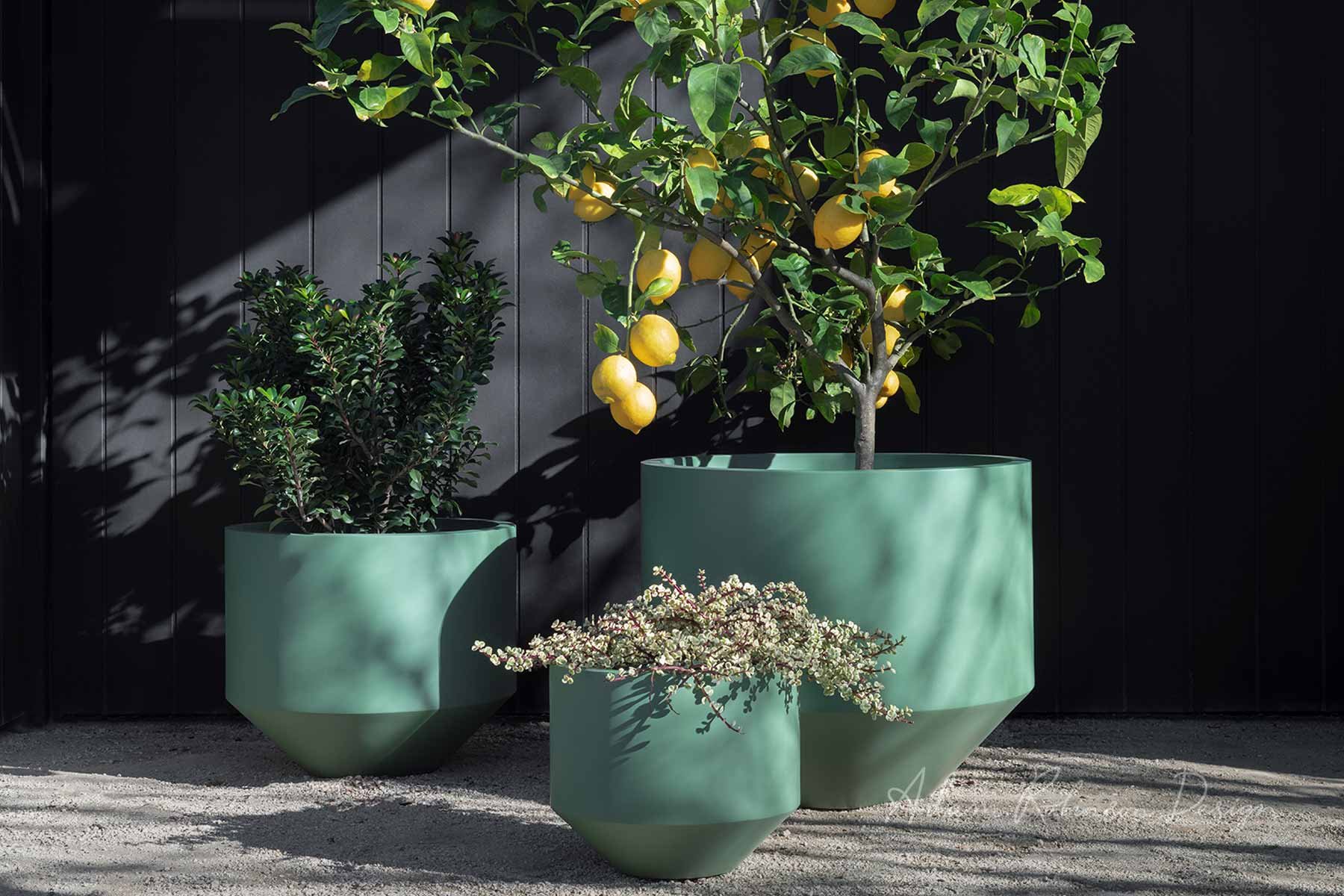

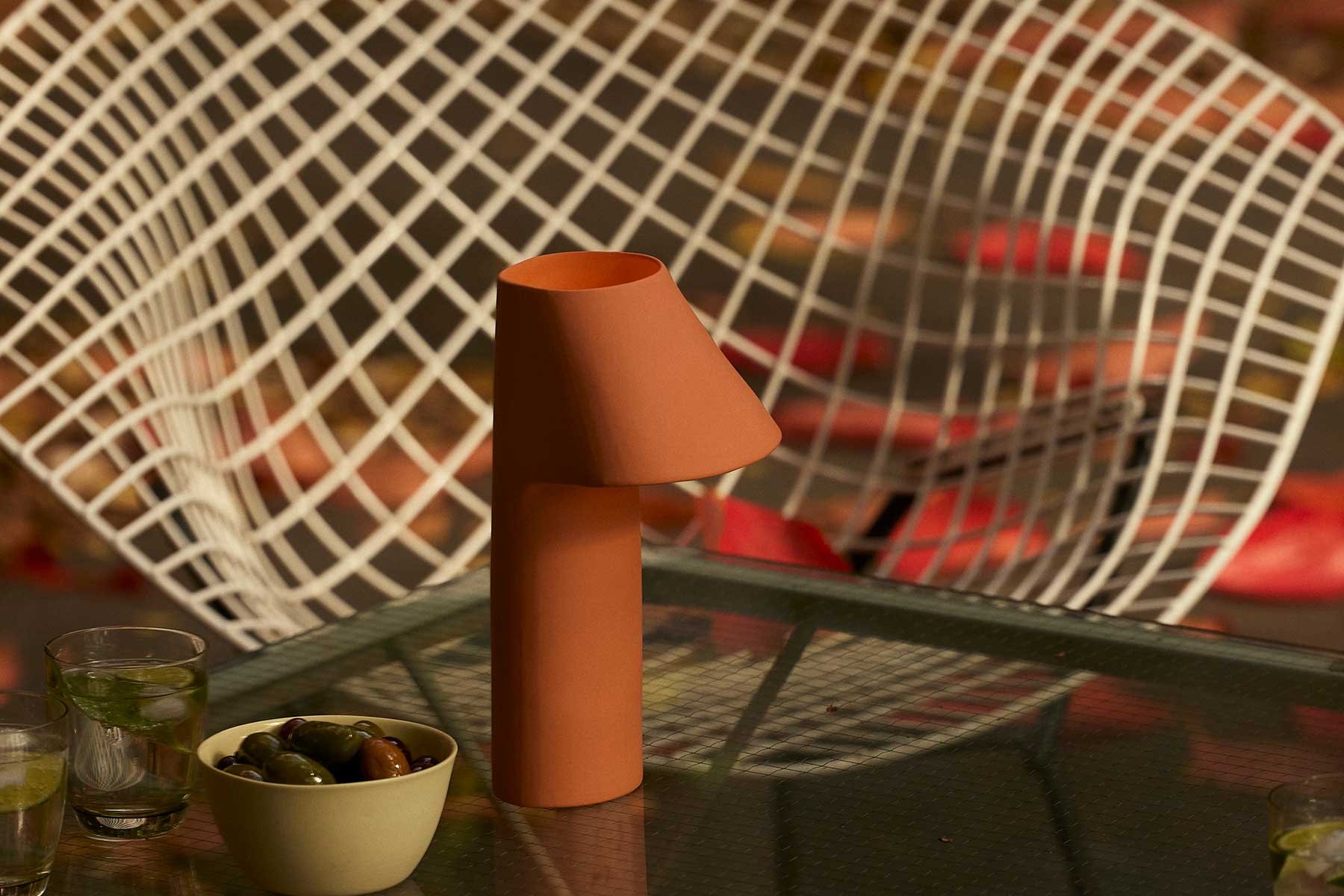







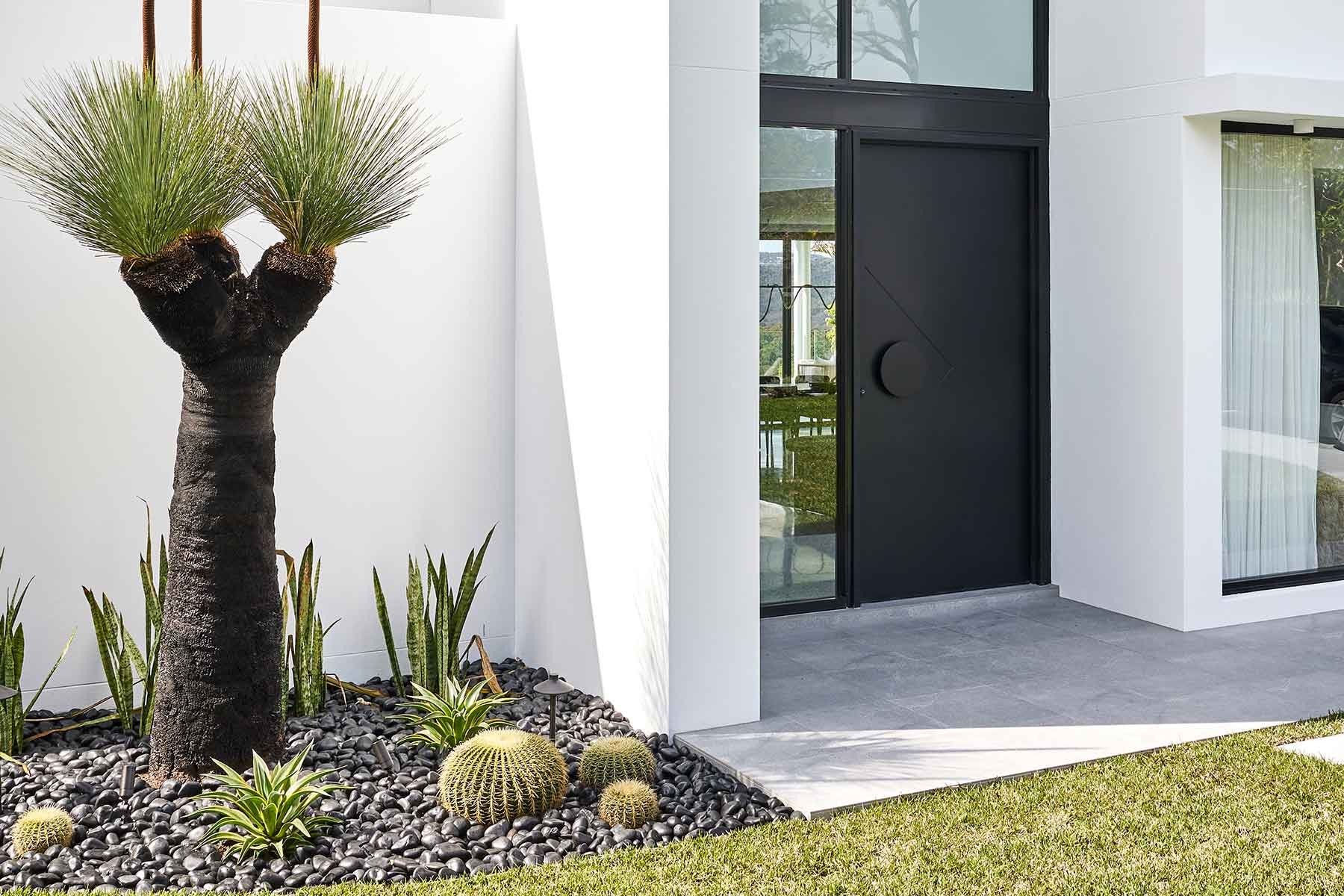



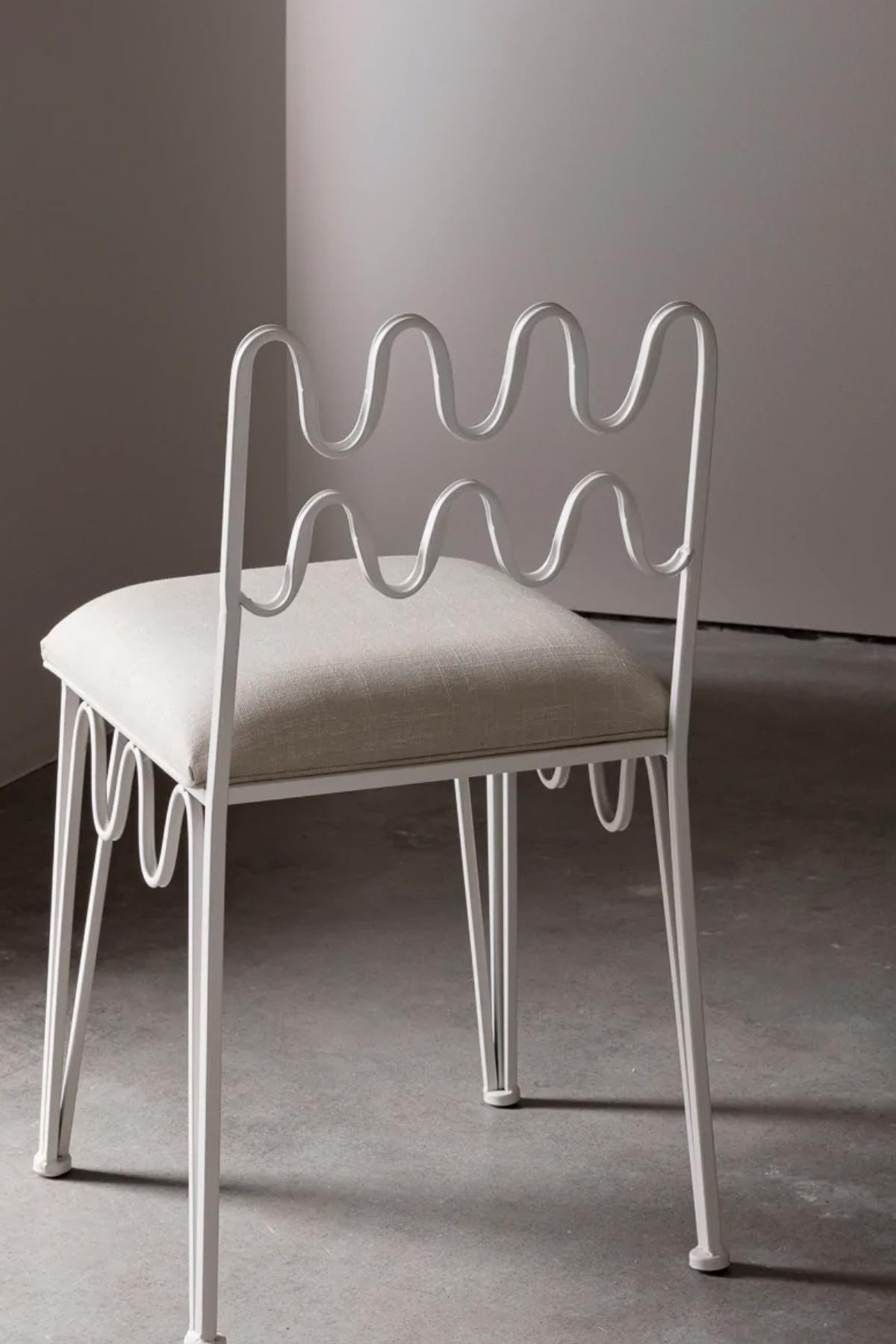

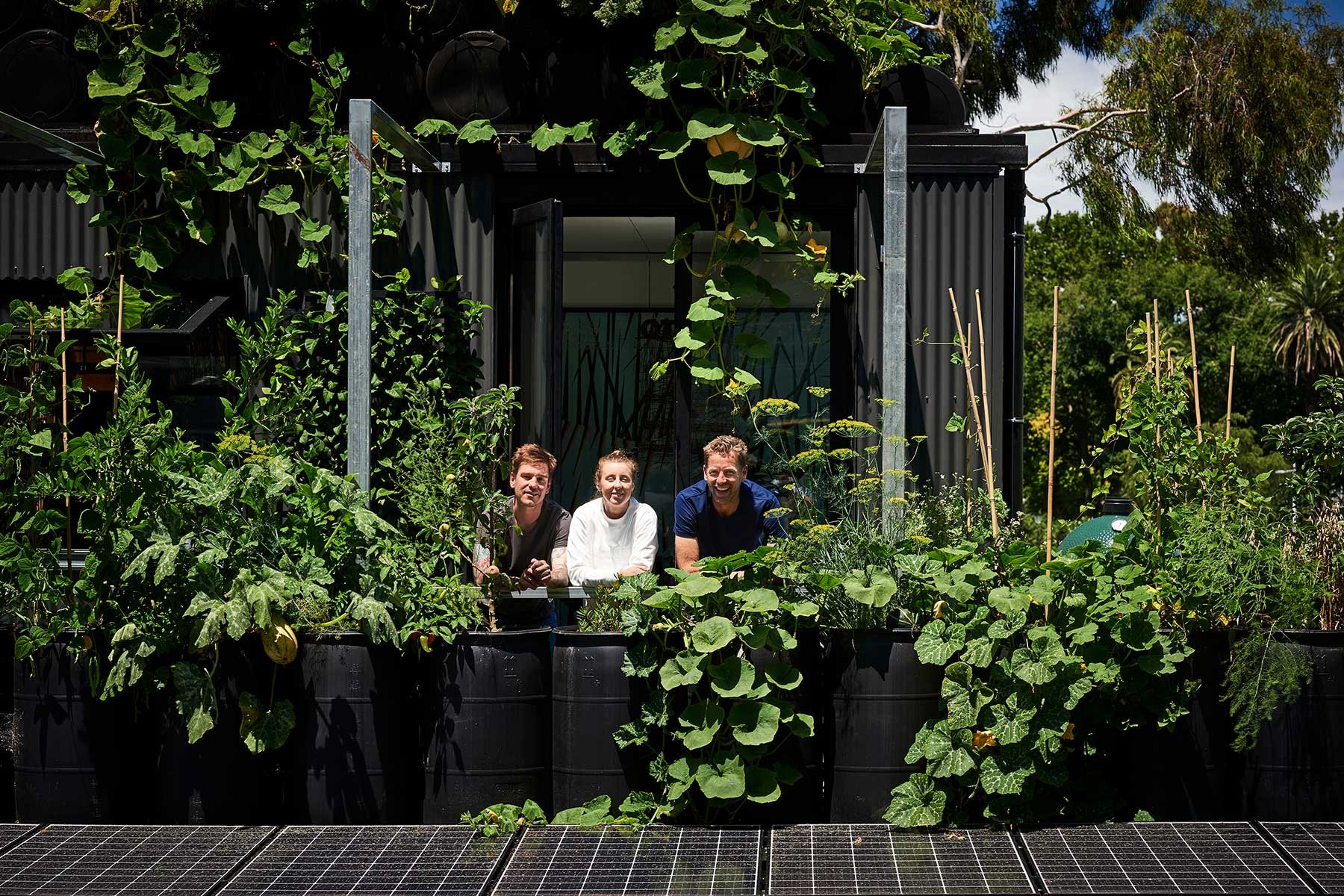

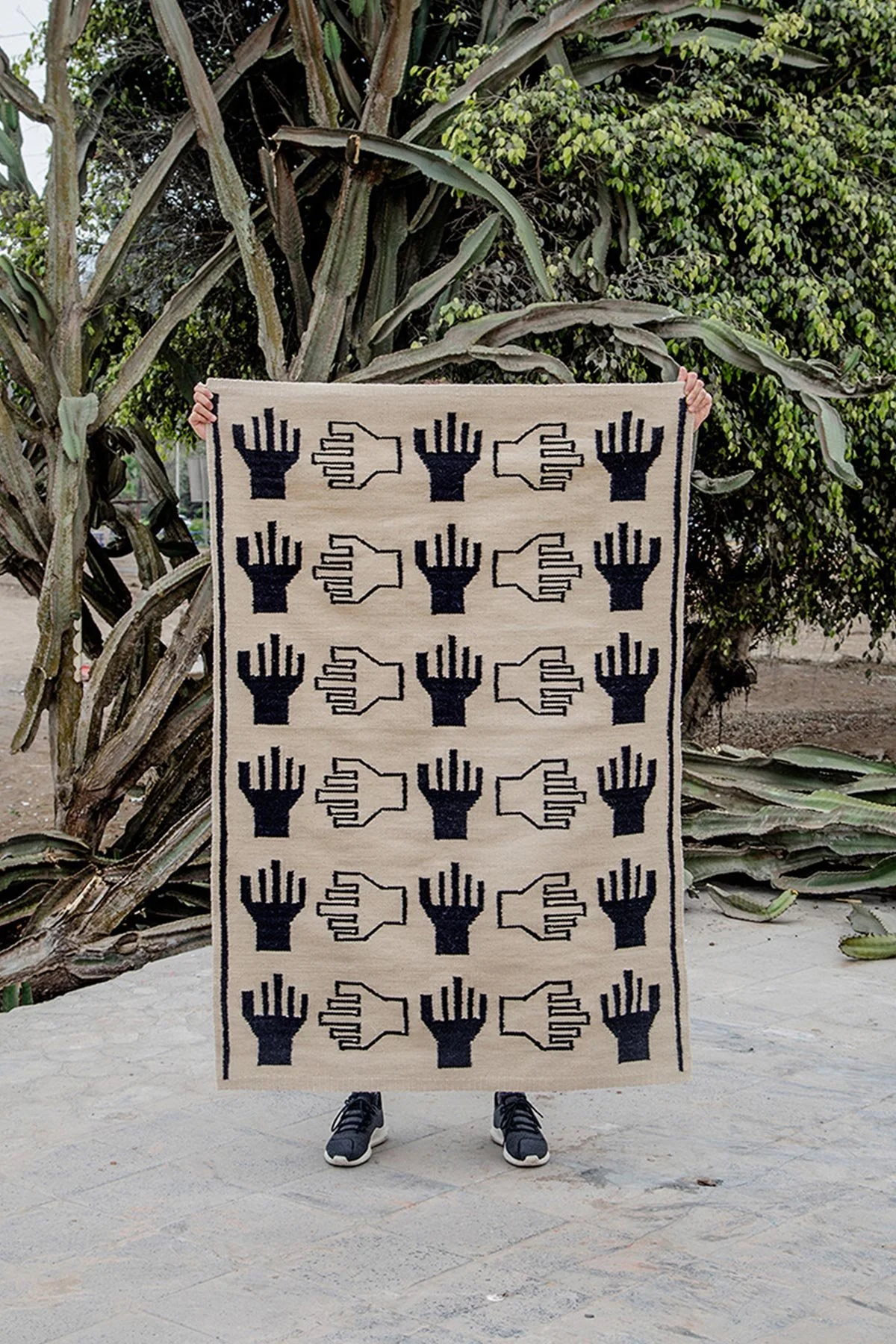










Ocean Master MAX Bolero: Ombre Blossom
Where Mediterranean elegance meets sculptural refinement, the Ocean Master MAX Bolero emerges as a parasol of exceptional poise.